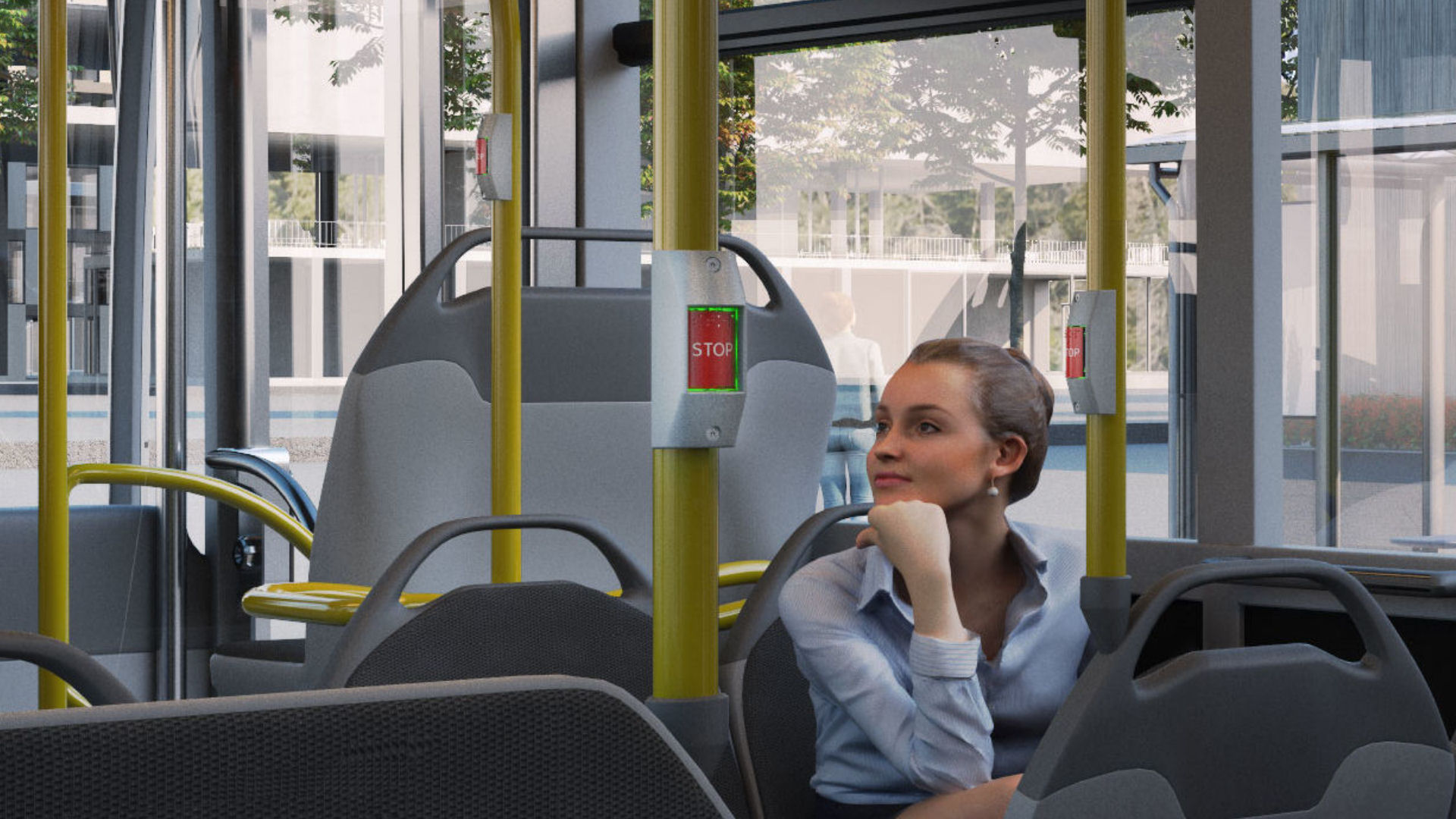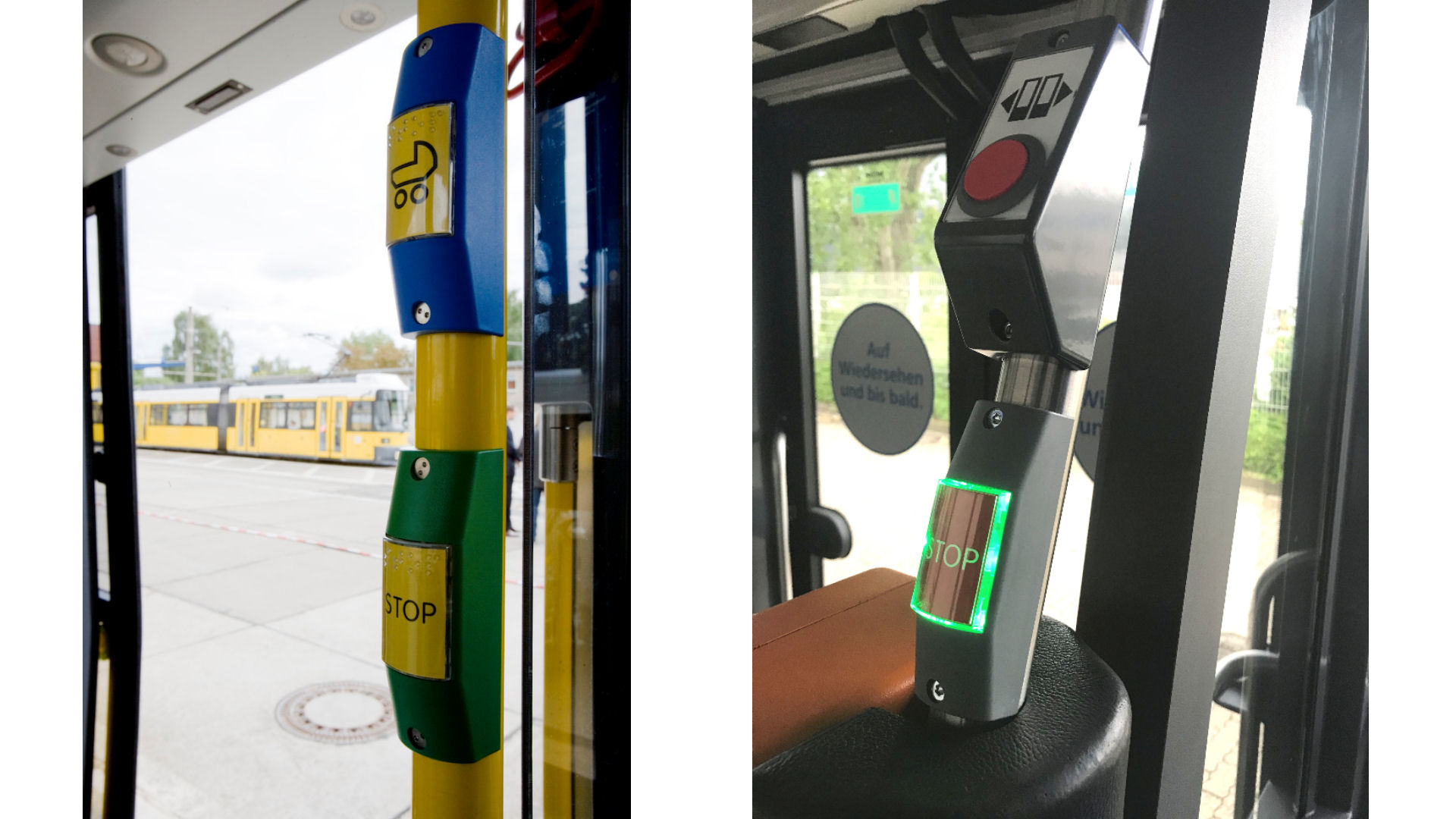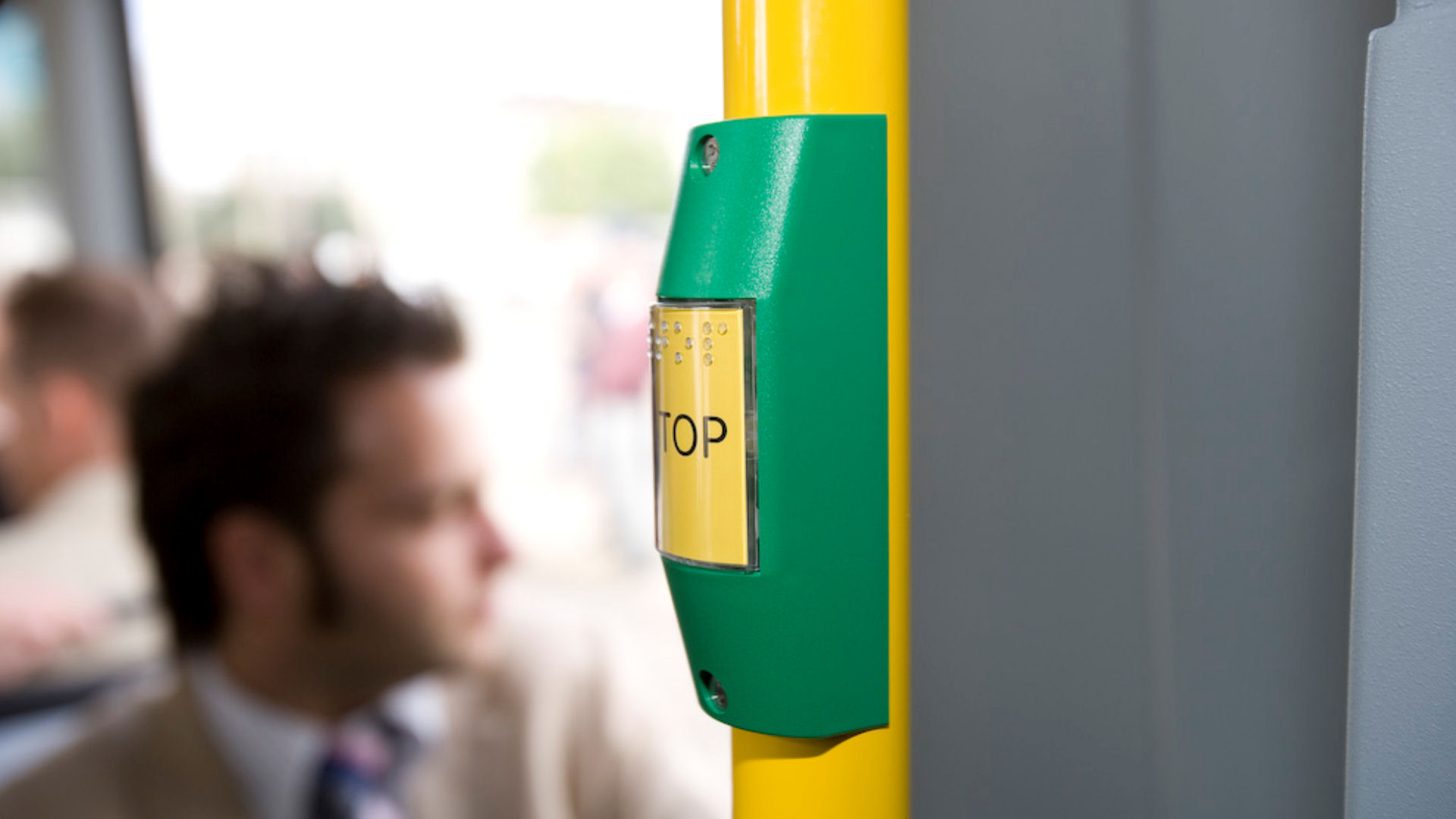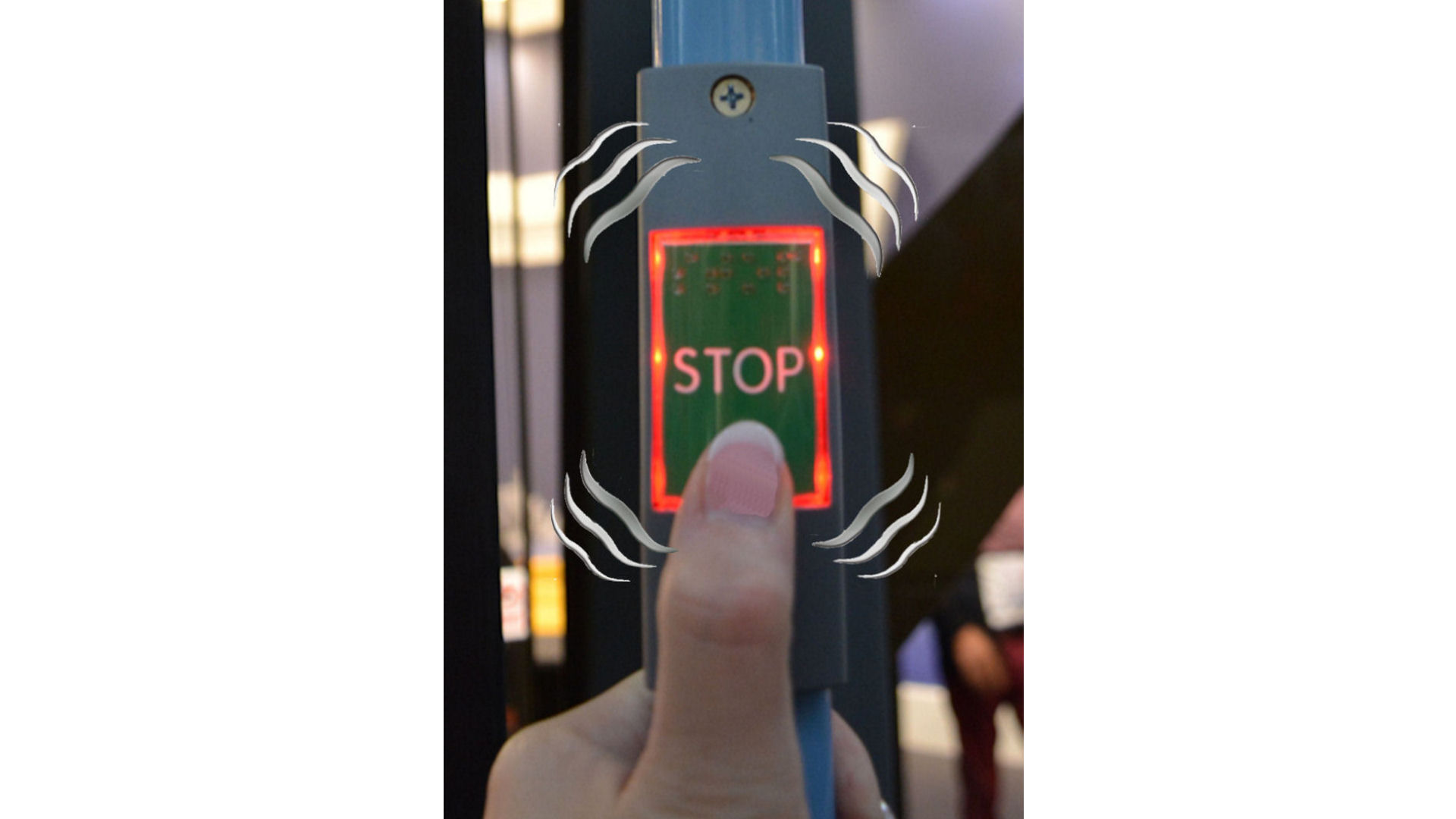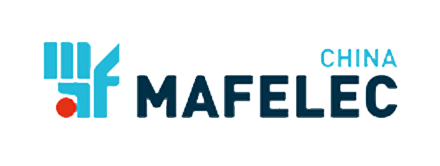Milestone for TSL-ESCHA with one million hand rail buttons sold.
According to the “Verband Deutscher Verkehrsunternehmen” (VDV = Association of German Transport Companies), around 33,000 public transport buses are currently on the roads in Germany. And in many of them the HST series hand rail buttons from TSL-ESCHA are installed. At the beginning of March, the one millionth HST left the production facilities in Halver in North Rhine-Westphalia. All over the world, TSL products travel on buses and trains. And since 2004, so do the hand rail buttons are on board.
The HST product series was created at the suggestion of a sales manager. He wanted to expand the portfolio of the TSG series (door control unit). With the TSG, the passenger can usually open the doors himself by using the push button, after the driver has released the doors for opening. While the TSG models convince with their robust metal housing as well as a large backlit display area, the HST was to be a uncomplicated and stable push button with a simple normally open contact for signaling the stop request. “Our idea was to offer a product with a large touch surface and an appealing design. In addition, it should be possible to easily exchange existing products as well as feel an improvement in quality for passengers,” says Technical Manager Klaus-Peter Schmauch, who has been with the company for more than 30 years.
Large variety of pictographs and colors
During development, TSL paid great attention to the pictograph under the touch surface. “It is important to us that the pictograph is protected against wear and destruction. Because in the past, schoolchildren, for example, liked to peel off pictographs. We have solved this problem,” explains Schmauch. The inscriptions and pictographs are protected by a scratch-resistant, transparent plastic cover. This ensures consistently good visibility of the pictograph and prevents fading. By selecting a high-quality plastic for the colored housings, the minimum contrast value required from the EN 16584-1:2017 standard is also met permanently.
The variety of pictographs and the range of housing colors is unique. TSL offers variants for different hand rail diameters as well as for elliptical hand rails for transverse mounting. For horizontally mounted hand rails, primarily on luggage racks, there is a corresponding selection of pictographs in landscape format. Tactile symbols and Braille on the touch surfaces help persons who are visually impaired. A flat variant of the HST is perfectly suited for wall panel mounting.





